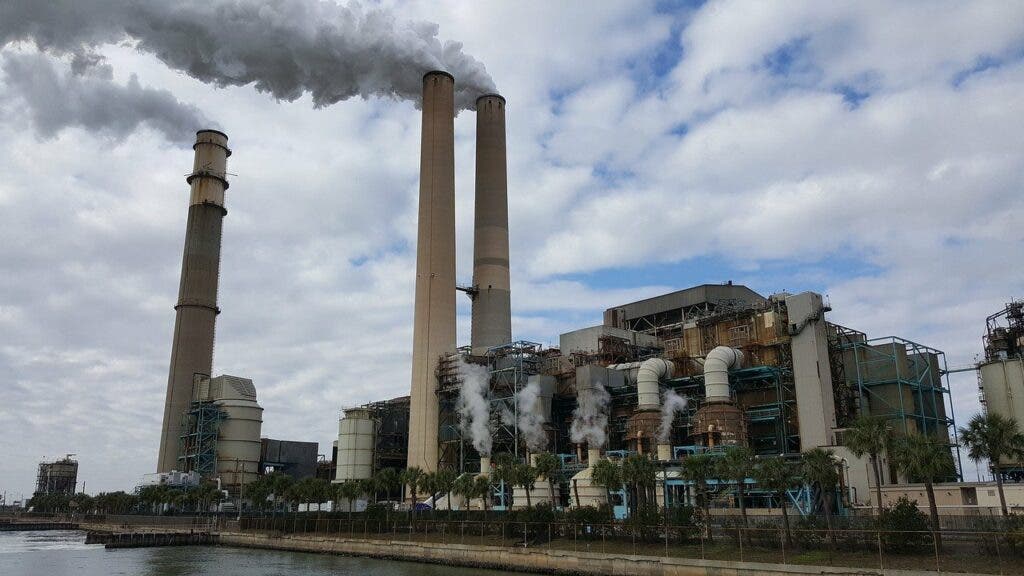New technology aims to turn smoke from industry and power generation into useful, commercially-valuable products. The process hinges on a newly-developed metal organic framework (MOF) as a catalyst.

Smokestacks around the world release a tremendous amount of carbon dioxide gas into the atmosphere. What if, instead of letting it pile up in the atmosphere and heat up the climate, we captured this CO2 and put it to good use, instead? That’s exactly the aim of a scientific collaboration led by researchers at Oregon State University — and, according to a new study they published, one they accomplished.
The team describes a new metal organic framework, a compound material in which metals are used as a base, and interlaced with organic crystals. The compounds inside this MOF act as a catalyst, enabling the production of cyclic carbonates — a useful family of chemicals — from CO2 released in factory flue gases (smokestacks).
Up in smoke
We’ve taken a big step toward solving a crucial challenge associated with the hoped-for circular carbon economy by developing an effective catalyst,” said chemistry researcher Kyriakos Stylianou of the Oregon State University College of Science, who led the study. “A key to that is understanding the molecular interactions between the active sites in MOFs with potentially reactive molecules.”
The novel MOF is loaded with propylene oxide, a common industrial chemical. This acts as a catalyst, allowing for the quick and easy conversion of CO2 gas into cyclic carbonates. These latter compounds have ring-shaped molecules and are quite useful for a variety of applications — ranging from pharmaceutical precursors to battery electrolytes.
The best part about this is that carbon is scrubbed out of flue gases in the process. Essentially, this MOF can be used to clean greenhouse gases from the smoke. It can also remove carbon from biogas (a mix of CO2, methane, and other gases produced by decaying organic matter).
The MOF is based on lanthanides, a somewhat special (and somewhat rare) family of metals — in fact, they’re often referred to as ‘rare earths’. They are soft, silvery-white, and have a variety of uses. Some examples of lanthanides include cerium, europium, and gadolinium.
Lanthanides were used for the MOF because they provide good chemical stability. This is especially important because the gases the MOF will be exposed to are hot, high in humidity, and quite acidic. The metal acts as a binder, holding the active organic materials in place so they can act as catalysts.
“We observed that within the pores, propylene oxide can directly bind to the cerium centers and activate interactions for the cycloaddition of carbon dioxide,” Stylianou said. “Using our MOFs, stable after multiple cycles of carbon dioxide capture and conversion, we describe the fixation of carbon dioxide into the propylene oxide’s epoxy ring for the production of cyclic carbonates.”
The team says that their findings are “very exciting”. They’re particularly thrilled about the MOF’s ability to use carbon dioxide gas even from impure sources, which saves time, energy, and costs associated with separating it before the process.
The paper “Lanthanide metal–organic frameworks for the fixation of CO2 under aqueous-rich and mixed-gas conditions” has been published in the Journal of Materials Chemistry A.






